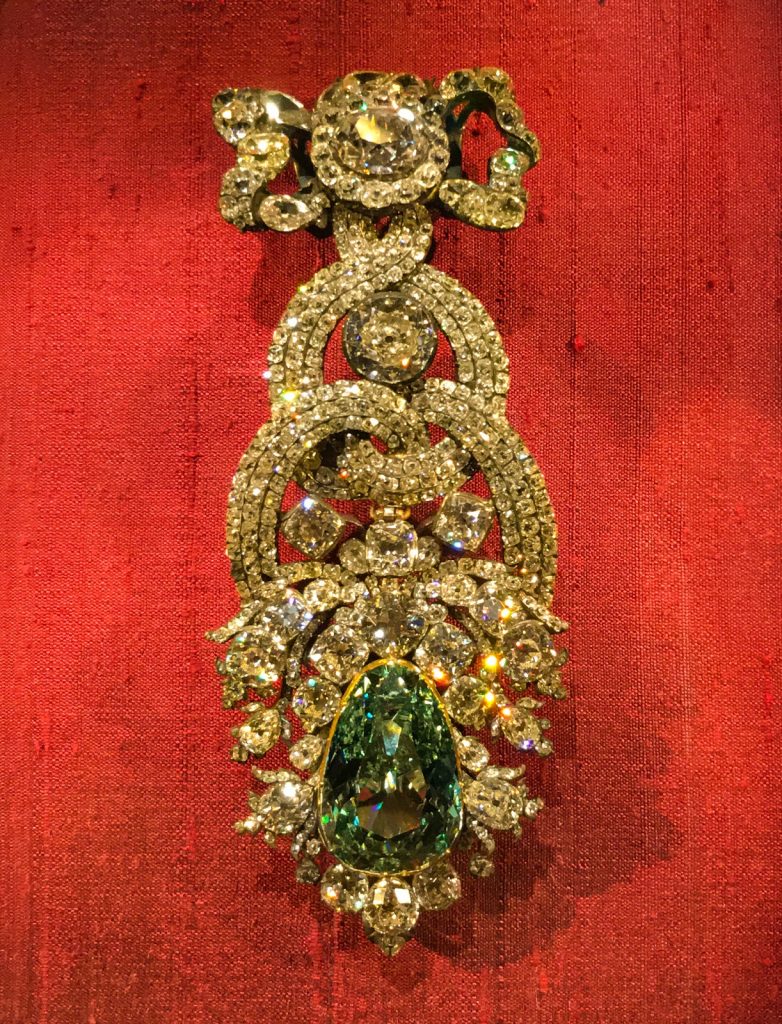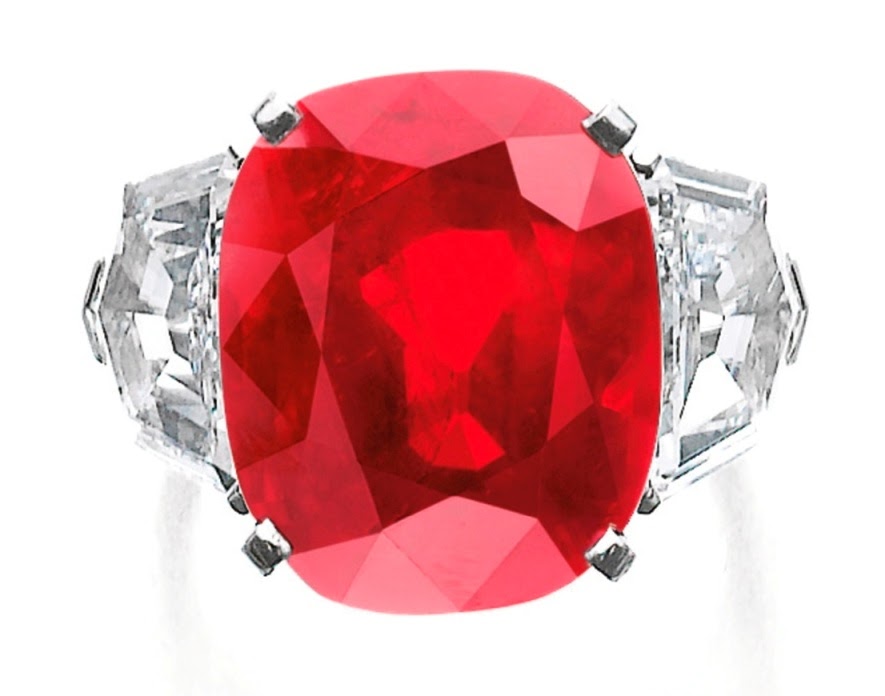Value of Rubies versus Diamonds
The value of rubies versus diamonds depends on several key factors, including rarity, quality, and consumer preference. While diamonds are universally recognized and often chosen for their brilliance and symbolism, fine rubies—particularly those with vivid red color and minimal treatment—can be significantly rarer and sometimes more valuable per carat than diamonds.
Diamonds are evaluated using a standardized system based on the 4Cs (cut, color, clarity, and carat), which brings consistency to pricing. In contrast, the value of rubies versus diamonds can shift depending on the ruby’s color intensity, origin, and whether it is untreated. For example, a “pigeon blood red” ruby from Myanmar may command a far higher price than a comparable diamond.
Ultimately, the value of rubies versus diamonds comes down to individual priorities—diamonds offer tradition and widespread appeal, while rubies offer rarity, richness, and a unique statement of elegance.
R12546 | left | medium | “Stone ID: R12546”
Generally speaking, rubies are more expensive than diamonds due to rarity. However, this isn’t a hard and fast rule. The main consideration for both of these stones is quality, depending on the 4Cs of color, clarity, cut, and carat weight, though how these factors are weighted is different between rubies and diamonds. The two main differences are, unlike rubies, diamonds are graded at 10x magnification, and color is more heavily weighted in rubies than diamonds.
Unlike diamonds, rubies are not commonly eye-clean, and very commonly treated too due to their rarity. Untreated rubies increase faster in price than diamonds, especially with larger carat sizes. Even at auction a beautiful ruby will be more expensive than a white diamond (barring that diamond was owned by Elizabeth Taylor).
There is one exception to this rule: fancy-colored diamonds.

The term fancy is important because most diamonds are a yellow-to-brown color due to nitrogen in their crystal structure. Diamonds are only considered a fancy-yellow if the color saturation reaches a certain threshold. With that being said, fancy diamonds are so rare that they experience extreme price increases with carat weight. Much like different colors of corundum’s ruby and sapphire varieties, different diamond colors will command different prices for different reasons.

For example, the Dresden green diamond is incredibly valuable for two reasons (not including being owned by royalty). The green color is even, not patchy, and it is a very large diamond at over 40 carats.
While there are no official price quotes on this diamond, another spectacular green diamond named the Aurora Green sold in 2016 for 3.3 million dollars a carat, totalling 16.8 million for 5.03 carats. The price tag attached to an item like the Dresden Green can only be imagined. Contrasted to the Sunrise Ruby, a 25 carat pigeon’s blood ruby from Burma that sold for over a million a carat (total 30 million) in 2015, the green diamond is more expensive per carat.

This contrast in price is just how rare color is in diamonds, much less a spectacular color named by other gems like sapphire blue, ruby red, emerald green, etc. This also indicates how the color in other gems are frequently not as rich, saturated, or evenly distributed as these namesakes.
There are red diamonds too, but the largest one ever found was the Moussaieff Red, weighing 5.11 carats. The exact price it was sold for was never disclosed, though the original estimate was around $7 million USD, quite possibly $8 million (current estimate range from 15-20 million in 2021). This means around $600 thousand dollars per carat for this gem. While the per carat price is around half of the Sunrise Ruby, their sizes are not even remotely comparable. Plus, the red is not as brilliant, partially because red diamonds lack a ruby’s color-enhancing fluorescence.

